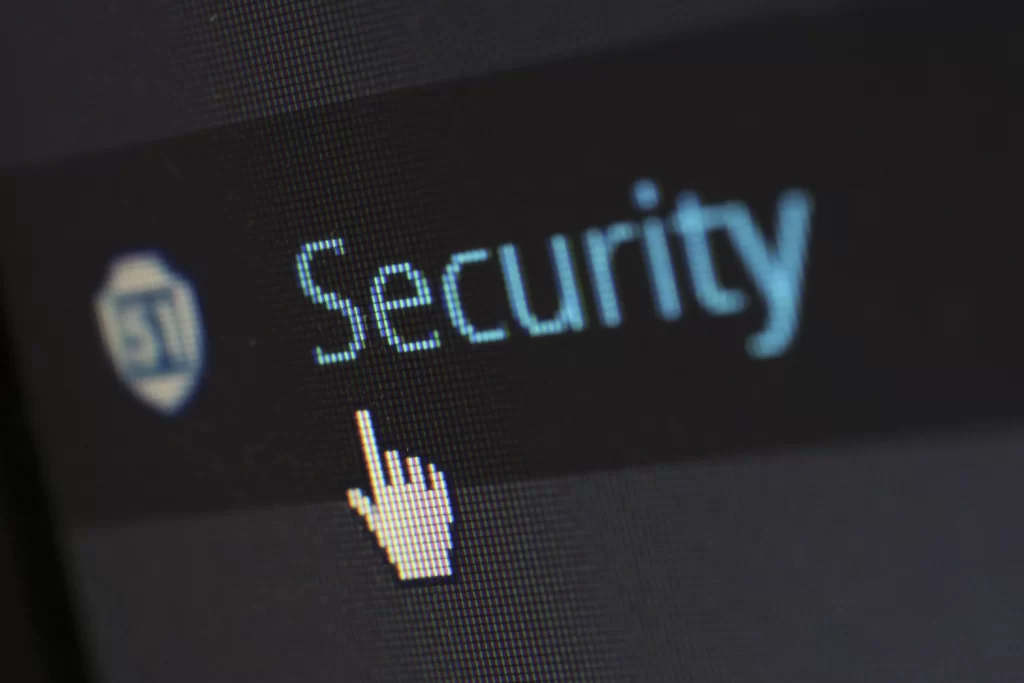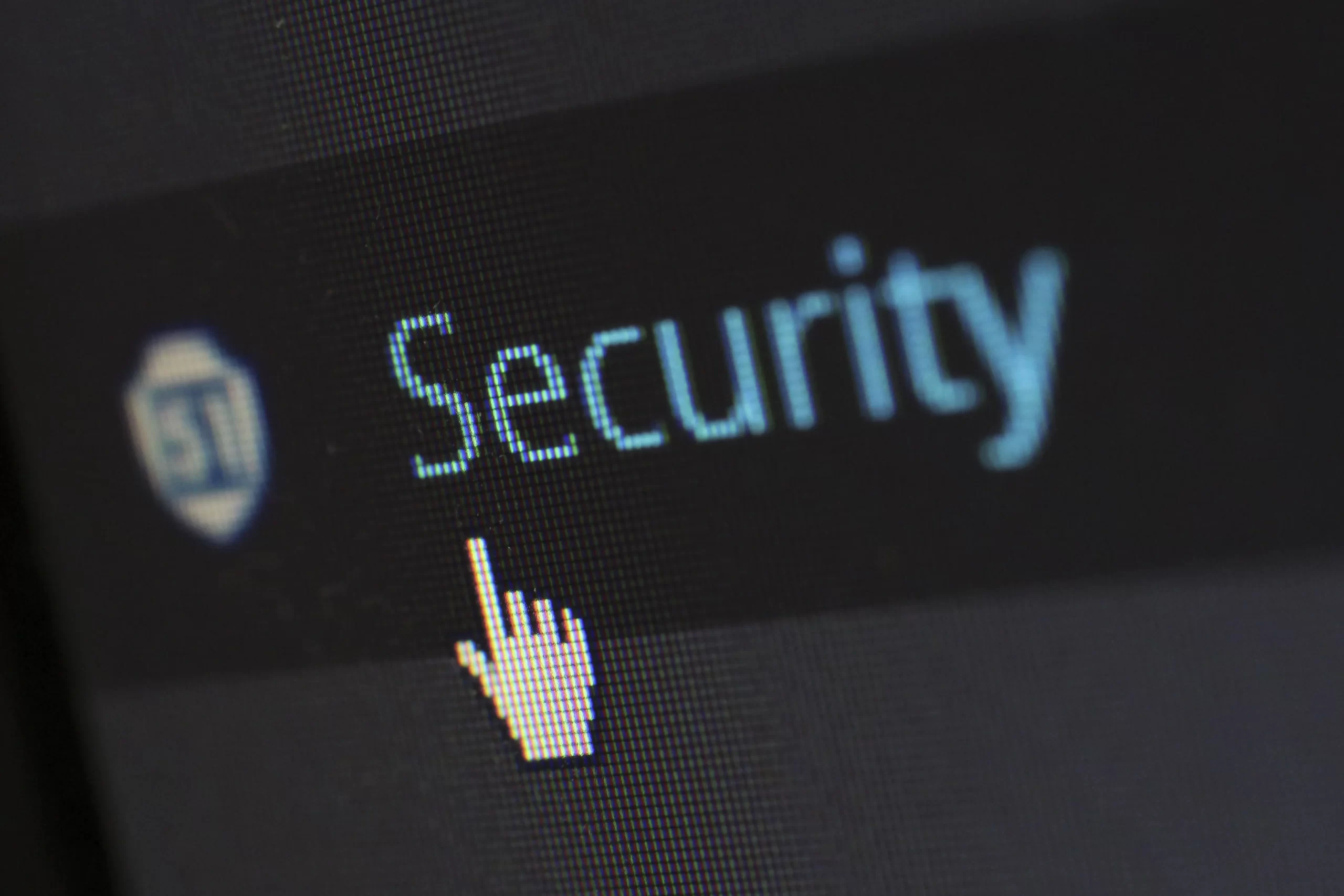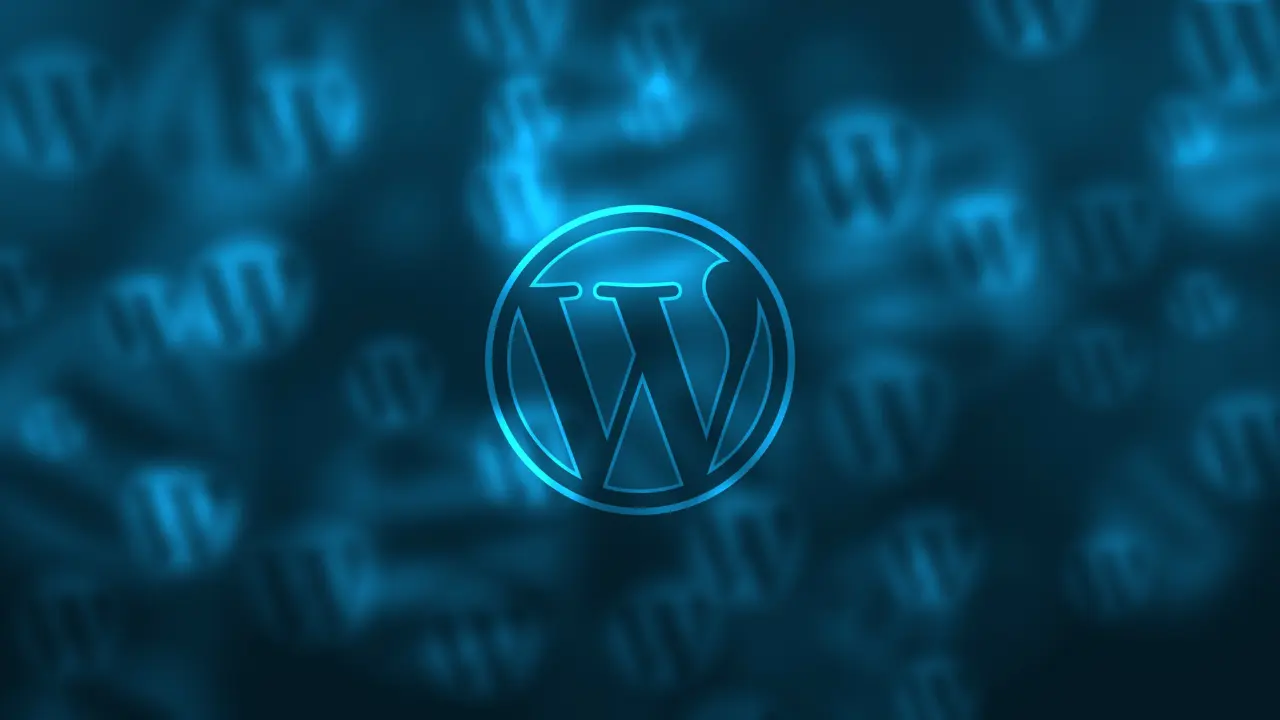WordPress is a versatile and powerful platform for creating websites, but its popularity also makes it a prime target for cyber threats. Keeping your WordPress site secure is not just an option; it’s a necessity. In this comprehensive guide, we’ll walk you through essential steps to fortify the security of your WordPress website, protecting it from potential cyber threats.
Understanding the Importance of Website Security
Your website is more than just a digital presence; it’s a valuable asset. Here’s why prioritizing security is vital:
Data Protection: Your site may contain sensitive user data. Breaches can lead to legal issues and damage your reputation.
SEO Impact: Google penalizes websites with security vulnerabilities, affecting your search engine rankings.
Business Continuity: Cyberattacks can disrupt your site’s functionality, leading to lost revenue and customer trust.
User Trust: A secure site builds trust with visitors, encouraging them to engage and convert.
Practical Steps to Secure Your WordPress Website
1. Regular Updates
Keep your WordPress core, themes, and plugins up to date. Developers release updates to patch security vulnerabilities, so staying current is crucial.
2. Strong Passwords
Use complex, unique passwords for your WordPress admin, database, and hosting accounts. Consider using a password manager to generate and store secure passwords.
3. Two-Factor Authentication (2FA)
Implement 2FA for your WordPress login. This adds an extra layer of security, requiring users to provide a second form of verification, such as a one-time code sent to their mobile device.
4. Reliable Hosting
Choose a reputable hosting provider that prioritizes security. Managed WordPress hosting often includes additional security features and automatic updates.
5. Security Plugins
Install and configure security plugins like Wordfence or Sucuri Security. These plugins offer firewall protection, malware scanning, and other security enhancements.
6. File Permissions
Set strict file permissions to limit what users and processes can access. In most cases, directories should have permissions of 755, and files should have permissions of 644.
7. Regular Backups
Regularly back up your site, both files and the database. Store backups securely offsite, so you can quickly restore your site if needed.
8. SSL Encryption
Enable SSL (Secure Sockets Layer) encryption to secure data transmitted between your site and users. Many hosting providers offer free SSL certificates through Let’s Encrypt.
9. Limit Login Attempts
Restrict the number of login attempts to prevent brute force attacks. Plugins like Login LockDown can help.
10. Disable Directory Listing
Prevent directory listing by adding the following line to your site’s .htaccess file. Perform regular security audits of your website using tools like Sucuri SiteCheck or online vulnerability scanners.
12. Disable XML-RPC
If you don’t need XML-RPC functionality, consider disabling it, as it can be exploited by attackers. Some security plugins allow you to disable it with a single click.
Conclusion
Security should always be your top priority when managing a WordPress website. By following these practical steps and staying vigilant, you can significantly reduce the risk of cyber threats and keep your site and its data safe. Remember that security is an ongoing process, and regular monitoring and updates are essential to maintaining a secure online presence.




